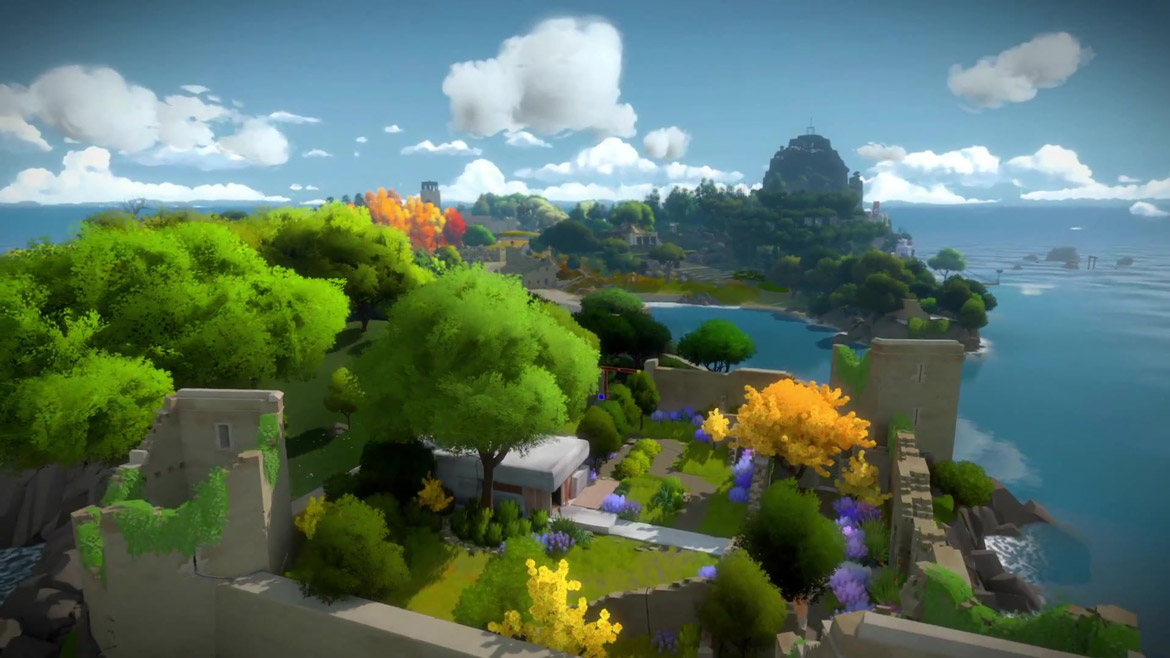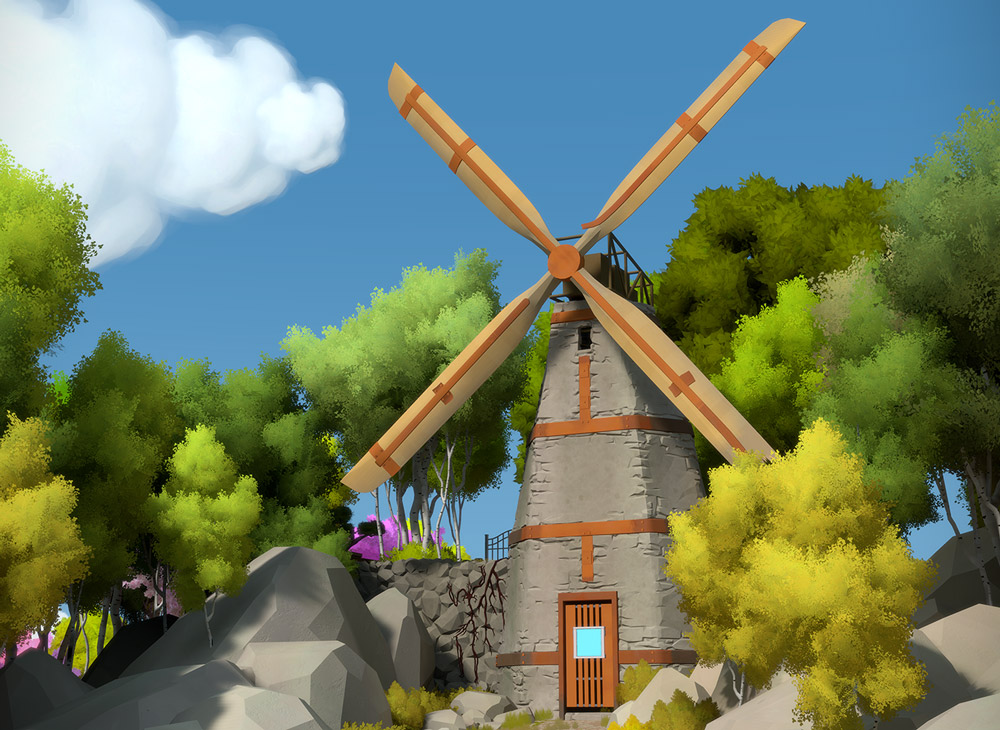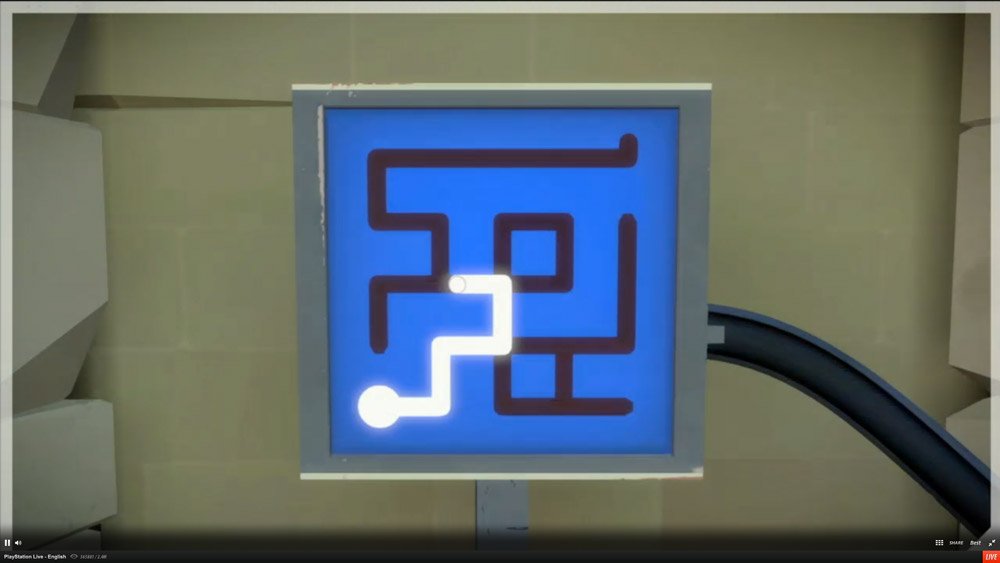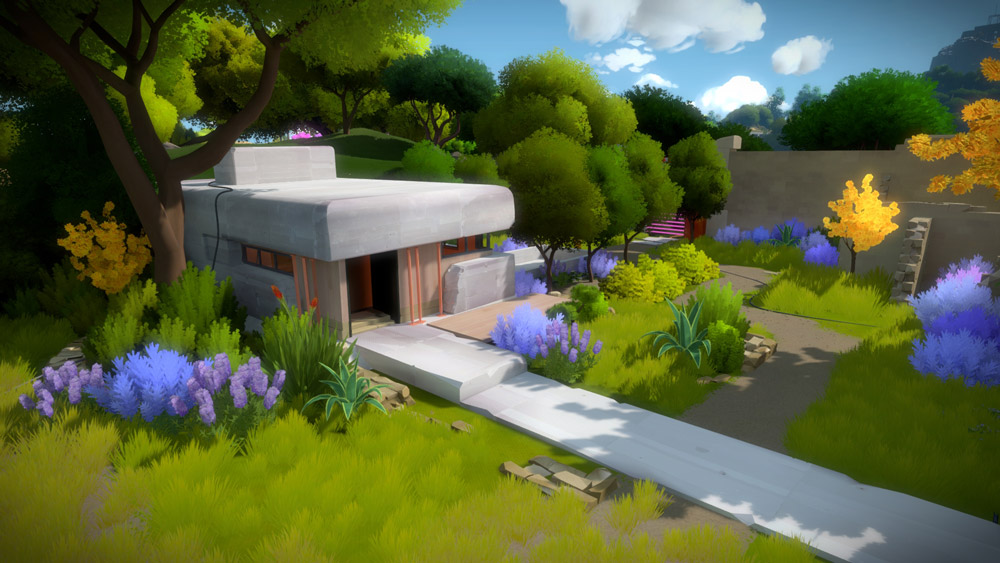TL;DR
Jonathan Blow's The Witness drops you onto a stunning, mysterious island with no explanation, tasking you with solving increasingly complex line-drawing puzzles. It's a minimalist, atmospheric adventure that trusts your intellect, offering no hints or explicit narrative. While visually striking and boasting a serene soundscape, its core gameplay relies on a single, albeit evolving, mechanic. This can be either a stroke of genius for those who love self-discovery and abstract challenges, or potentially repetitive for others. If you enjoy intellectually stimulating, non-linear exploration and the satisfaction of cracking codes on your own, dive in! Read the full review to see if its unique, uncompromising design is for you.
Following the indie success of Braid, Jonathan Blow’s intricate platformer centered around time manipulation, expectations were understandably high for his next project. That project became The Witness, initially announced as a PS4 exclusive (though it also launched on PC and an Xbox One version has since been released). The Witness presents itself as a unique experience, a minimalist, almost expressionistic adventure that avoids overt exposition, leaving players to unravel its puzzles independently.
The game begins with the player awakening on a visually stunning, yet isolated island. There’s no introductory sequence, narration, or textual explanation of the player’s identity or arrival. Navigating the island in first-person, players explore distinct areas and hidden locations. The core gameplay revolves around solving puzzles, typically involving drawing a continuous line from a starting point to an endpoint. While initially straightforward, the puzzles quickly introduce complexities and implicit rules that require experimentation and observation to decipher. These challenges may involve incorporating specific colored points, manipulating mirrored lines to achieve matching patterns, or creating shapes based on environmental cues. The experience is defined by a deliberate absence of guidance; no dialogue, hints, or textual assistance is provided, placing the onus entirely on the player’s cognitive abilities.
The visual presentation of The Witness is striking and stylized, evoking a blend of Monet’s impressionistic paintings and a perpetually sun-drenched landscape. The environment is largely devoid of interactive elements, save for doors, staircases, and objects that occasionally offer cryptic clues. Progression is non-linear, encouraging exploration and observation. The game’s execution is almost clinical; the player character is limited in their interactions, unable to jump, interact with water, or sustain fall damage. The character’s presence is represented solely by a shadow. The frame rate is consistently smooth and stable, which aligns with the game’s relatively simple graphical demands, as the environments lack complex animations, numerous NPCs, or advanced AI.
The music and sound design complement the game’s dreamlike and surreal atmosphere, creating a calming yet mysterious soundscape reminiscent of games like The Vanishing of Ethan Carter. The unobtrusive controls and audio contribute to the game’s overall minimalist design.
Defining The Witness is challenging. Fundamentally, it is a puzzle game characterized by a core mechanic that remains consistent throughout. While the line-drawing puzzles become progressively more intricate, the fundamental gameplay loop remains largely unchanged. The game’s immersive atmosphere and execution elevate it beyond a simple puzzle experience. The player’s curiosity is piqued by the underlying narrative, prompting questions about their identity and purpose. The extent to which the ending provides definitive answers is intentionally left ambiguous, but the desire to understand the game’s world serves as a primary motivator. Despite its seemingly contained scope, The Witness can demand considerable playtime, dependent on the player’s aptitude for its unique problem-solving approach.
The game’s strengths lie in its originality, personal touch, and meticulous design. It embraces minimalist storytelling, allowing players to explore and interpret its world freely. This approach is uncompromising; players are encouraged to persevere through repeated attempts until they discover the solutions. There are no punitive measures or time constraints. However, the core gameplay experience hinges on the atmosphere and the inherent satisfaction of solving puzzles that, in themselves, are not particularly groundbreaking. With only subtle variations introduced later in the game, the core mechanic remains consistent. Drawing parallels to titles like Myst, it is likely that player reception will be divided. Some will embrace Jonathan Blow’s The Witness as a post-modern masterpiece, while others may find its reliance on a single mechanic repetitive and ultimately unfulfilling. Some may find themselves frustrated by the lack of explicit guidance.
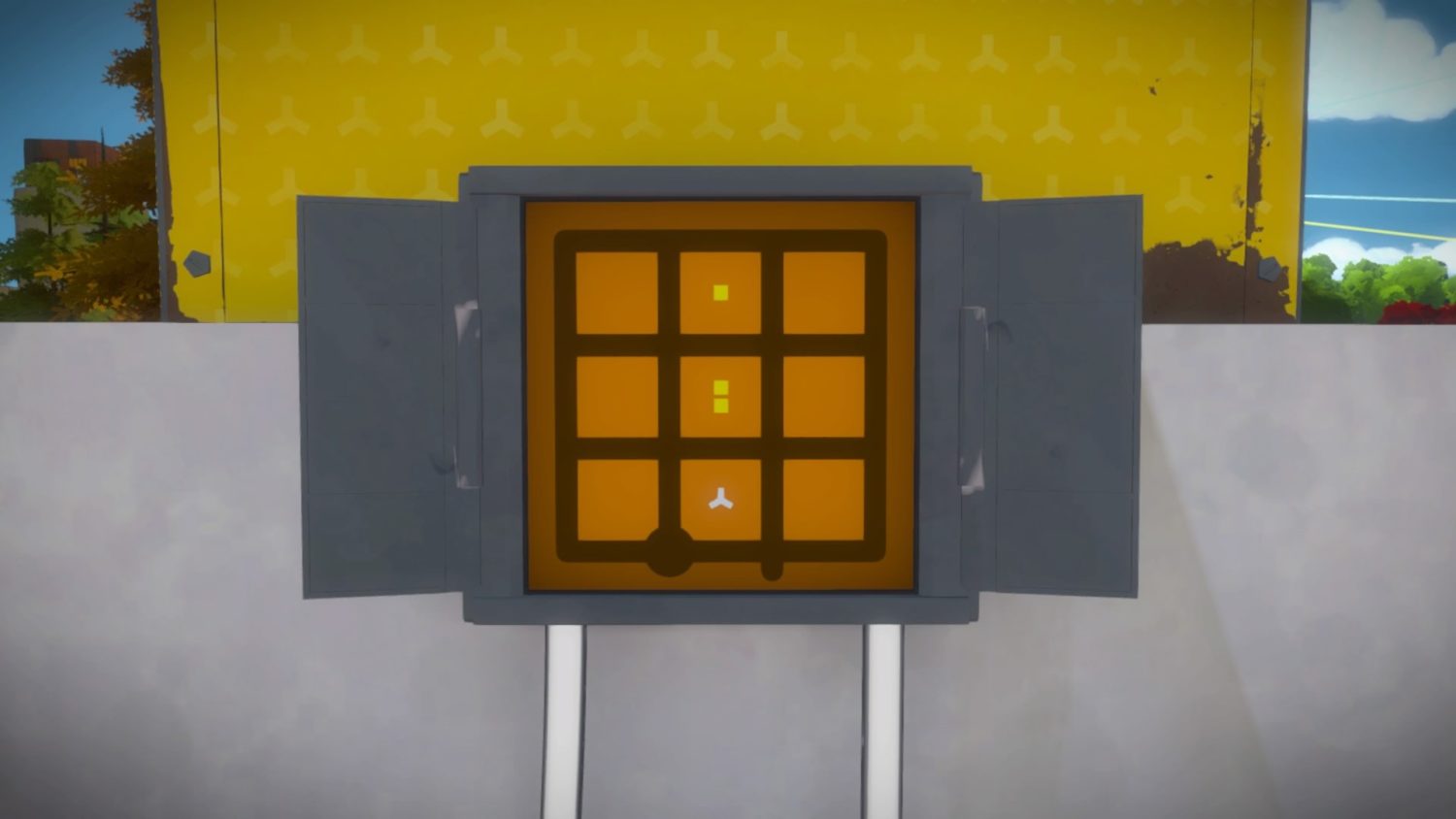
Do you spontaneously understand from the figures how to draw the line here? In that case, The Witness is the game for you.
Our experience places us somewhere between these two extremes. The Witness is a visually appealing and atmospheric adventure, but the core experience, while engaging, lacks a transformative quality that would necessitate repeated playthroughs. Unlike the CD-ROM classic The 7th Guest, where the narrative unfolds with each puzzle solved, The Witness primarily unlocks new areas. Furthermore, the ending does not achieve the same level of impact as that of Braid. Ultimately, if you enjoy intellectually stimulating challenges that demand independent problem-solving without explicit instruction or a conventional narrative, then The Witness is a worthwhile purchase, particularly given its price point relative to typical PS4 games. Conversely, players who prefer story-driven experiences and cinematic presentation may find The Witness’s repetitive structure and reliance on similar puzzles to be frustrating. Beneath its beautiful exterior and evocative soundtrack lies a gameplay experience that is, at its core, relatively simple. One could argue that this simplicity applies to all games when stripped of their narrative and cutscenes. In this respect, Jonathan Blow has once again left a mark on the gaming landscape, regardless of where individual players ultimately stand.
